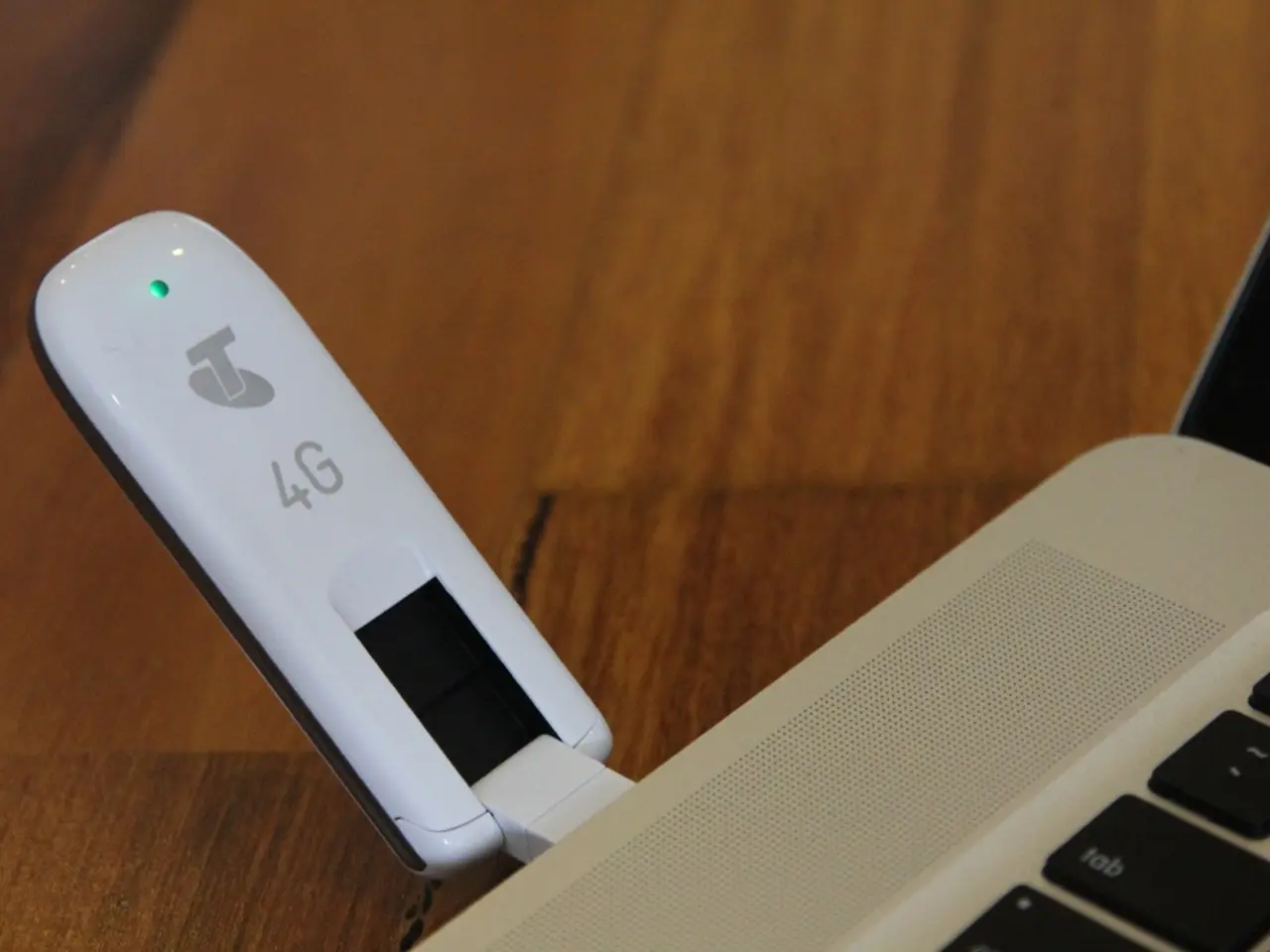Comparing Rybelsus and Ozempic: Which diabetes medication might suit you best?
Rybelsus and Ozempic: Comparing Two Diabetes Medications
In the realm of managing type 2 diabetes, two medications have gained significant attention: Rybelsus and Ozempic. Both are approved by the Food and Drug Administration (FDA) to help regulate blood sugar levels in adults with type 2 diabetes.
Form & Dosage
Rybelsus comes as an oral tablet, taken once daily, whereas Ozempic is an injectable medication, administered once weekly. The starting dosage for Rybelsus is 3 mg once per day or 1.5 mg once per day, depending on the formulation, while for Ozempic it is 0.25 mg once per week. The maintenance dosage for Rybelsus ranges from 7 to 14 mg once per day or 4 to 9 mg once per day, depending on the formulation, and for Ozempic it varies from 0.5 to 2 mg once per week.
Active Ingredient
Both Rybelsus and Ozempic belong to a class of drugs called glucagon-like peptide-1 (GLP-1) agonists. The active ingredient in both medications is semaglutide, which helps control blood sugar, reduces appetite, slows digestion, and supports weight loss.
Effectiveness
Both medications have been found effective in helping improve blood sugar levels in people with type 2 diabetes. However, the higher doses and injectable form of Ozempic typically result in longer-lasting effects per dose compared to daily oral Rybelsus, potentially leading to better weight loss and glucose control for some patients.
Side Effects
Common side effects for both medications include nausea, vomiting, diarrhea, abdominal pain, constipation, upset stomach, gas, weight loss, decreased appetite, injection site reactions, skin discoloration, and discomfort.
Cost
The cost of Rybelsus or Ozempic depends on the treatment plan your doctor prescribes, your insurance plan, and your pharmacy. Generally, Rybelsus is less expensive compared to injectables, but actual cost varies by insurance and pharmacy plans.
Usage Considerations
Rybelsus is preferred for people who want a pill and daily routine, while Ozempic may be more suitable for those comfortable with weekly injections and potentially stronger effects.
Additional Details
Ozempic is not only approved for glycemic control in type 2 diabetes but also to reduce risks of heart attack, stroke, and kidney disease progression in diabetes patients with cardiovascular and kidney conditions. Rybelsus and Ozempic are not approved to treat type 1 diabetes or a complication of diabetes called diabetic ketoacidosis.
Summary
Rybelsus offers the convenience of a daily oral pill and is effective for mild to moderate blood sugar control and weight management. Ozempic involves weekly injections and may provide more potent and sustained effects on blood sugar and weight loss, along with cardiovascular and kidney benefits. Side effects are largely similar for both, mainly gastrointestinal. Costs typically favor Rybelsus as less expensive, but actual cost depends on insurance and pharmacy plans.
Choosing between them depends on patient preference for oral versus injectable administration, cost considerations, dosing convenience, and specific medical goals.
This article is provided for informational purposes only and is not intended as a substitute for professional medical advice. Always consult your healthcare provider about treatment.
- Rybelsus and Ozempic are chronic disease medications, approved for managing type 2 diabetes.
- Both drugs help regulate blood sugar levels, but their delivery methods differ: Rybelsus is an oral tablet and Ozempic is an injectable.
- The active ingredient in both Rybelsus and Ozempic is semaglutide, a glucagon-like peptide-1 (GLP-1) agonist.
- The effectiveness of Rybelsus and Ozempic in managing type 2 diabetes is similar, but higher doses and longer duration of effects from Ozempic can lead to better weight loss and glucose control for some patients.
- Common side effects from both medications consist of nausea, vomiting, diarrhea, abdominal pain, constipation, upset stomach, gas, weight loss, decreased appetite, injection site reactions, skin discoloration, and discomfort.
- The cost of both medications varies depending on the treatment plan, insurance, and pharmacy, with Rybelsus generally being less expensive.
- Deciders must consider patient preference for oral versus injectable administration, cost considerations, dosing convenience, and medical goals when choosing between Rybelsus and Ozempic.
- Ozempic offers additional benefits for patients with cardiovascular and kidney conditions, such as reduced risks of heart attack, stroke, and kidney disease progression.
- Neither Rybelsus nor Ozempic are approved to treat type 1 diabetes or diabetic ketoacidosis, a complication of diabetes.
- Chronic diseases such as ulcerative colitis, HIV, anthrax, spondylitis, depression, and kidney diseases may require different medications and management strategies.
- Rybelsus is more suitable for patients preferring a daily oral routine, while Ozempic may be preferred by those comfortable with weekly injections and seeking stronger effects for blood sugar and weight management.
- Type-2 diabetes, obesity, heart diseases, and other chronic diseases fall under medical-conditions and chronic-diseases, and scientific advancements in health and wellness continue to provide innovative solutions for their effective management.




